Hoyvík (Danish: Højvig) is a town in the Faroe Islands. It is part of the Tórshavn Municipality, and de facto is merged as a northern suburb of Tórshavn, the Faroese capital.
Hoyvík is believed to be a very old settlement. An early source is the Færeyinga saga, a 13th-century recollection of earlier Viking oral recounts.
Before the late 20th century the population was very low. Until the mid 19th century the entire population comprised one farm. A few more houses were built close to the farmland after the Second World War. A real development boom has been in Hoyvík since about the early 1980s. The new houses have been built on land that was formerly considered farmer outfields. The architecture of some of these newer houses include detached and terraced housing. The purchaser of one of these terraced houses, buys the two outer walls, but then builds the house itself in colours and design of their own choice. The result is an unusual effect of combining terraced housing with the idiosyncratic personal touch of the family living in it
Tórshavn (‘Thor’s harbour‘; Danish: Thorshavn), locally referred to as Havn, is the capital and largest city of the Faroe Islands.
It is located in the southern part on the east coast of Streymoy. To the northwest of the city lies the 347-meter-high (1,138 ft) mountain Húsareyn,
and to the southwest, the 350-meter-high (1,150 ft) Kirkjubøreyn. They are separated by the Sandá River.
The city itself has a population of 14,038 (2024), and the greater urban area has a population of 23,160, including the suburbs of Hoyvík and Argir.
The Norse (Scandinavians) established their parliament on the Tinganes peninsula in AD 850.
Tórshavn thus became the capital of the Faroe Islands and has remained so ever since. Early on,
Tórshavn became the centre of the islands’ trade monopoly, thereby being the only legal place for the islanders to sell and buy goods.
In 1856, the trade monopoly was abolished and the islands were left open to free trade.
Sources do not mention a built-up area in Tórshavn until after the Protestant reformation in 1539. In c. 1580 a small fort, Skansin, was built
by the Faroese naval hero and trader Magnus Heinason at the north end of the harbour. Later, small fortifications were built at Tinganes.
In 1584, Tórshavn had 101 inhabitants. The population was divided into three equally large groups made up of farmers, their families and
servants, trade and government officials and people who owned no land and therefore not much else; this included the landless
proletariat from the villages that during this period came to Tórshavn in search of work.
They were set to guard duty on Skansin without pay, and for clothing and food they depended on the bounty of the farmers.
In 1655, king Frederick III of Denmark granted the Faroe Islands to his favourite statesman Kristoffer Gabel; the rule of the von Gabel Family
(lasting between 1655 and 1709), is known as Gablatíðin. It is the darkest chapter in the history of Tórshavn.
Gabel’s administration suppressed the islanders in various ways.
The trade monopoly was in the family’s hands and it was not designed for the needs of the Faroese people.
People across the country brought products into town and had to be satisfied with whatever price they were given.
At the same time, imported goods were limited and expensive. There came considerable complaints from
the islands’ inhabitants of unjust treatment by the civil administration in Tórshavn.
These not only included the persons in charge of the monopoly trade, but also the bailiff and others.
It was during this period, in 1673, that Tinganes was ravaged by a fire after a store of gunpowder kept at Tinganes had blown up.
Many old houses burnt to the ground and old Faroese records were lost as were Gabel’s documents.


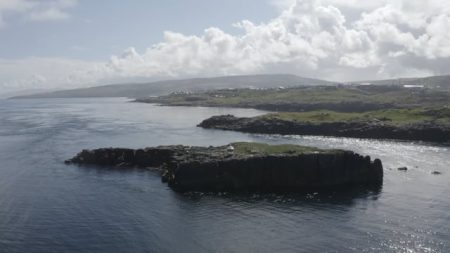
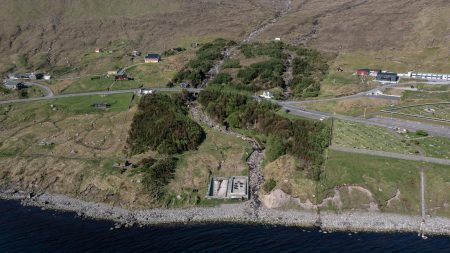
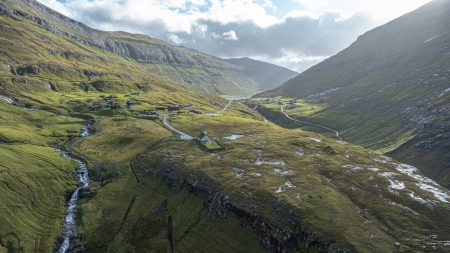
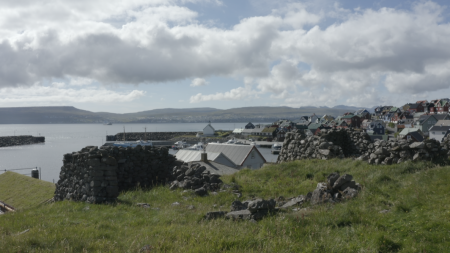
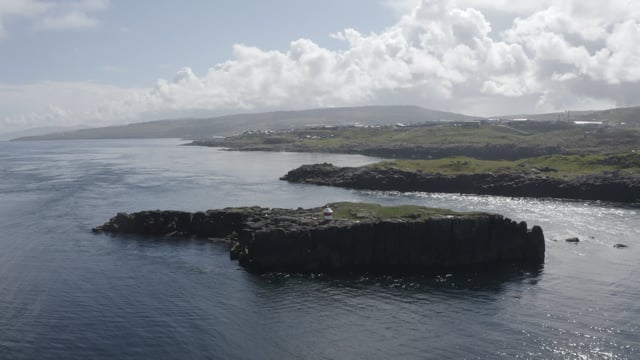
Reviews
There are no reviews yet.